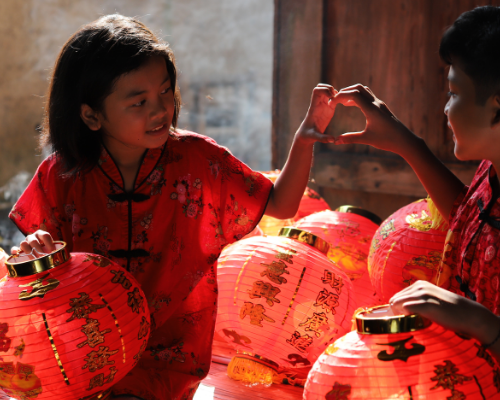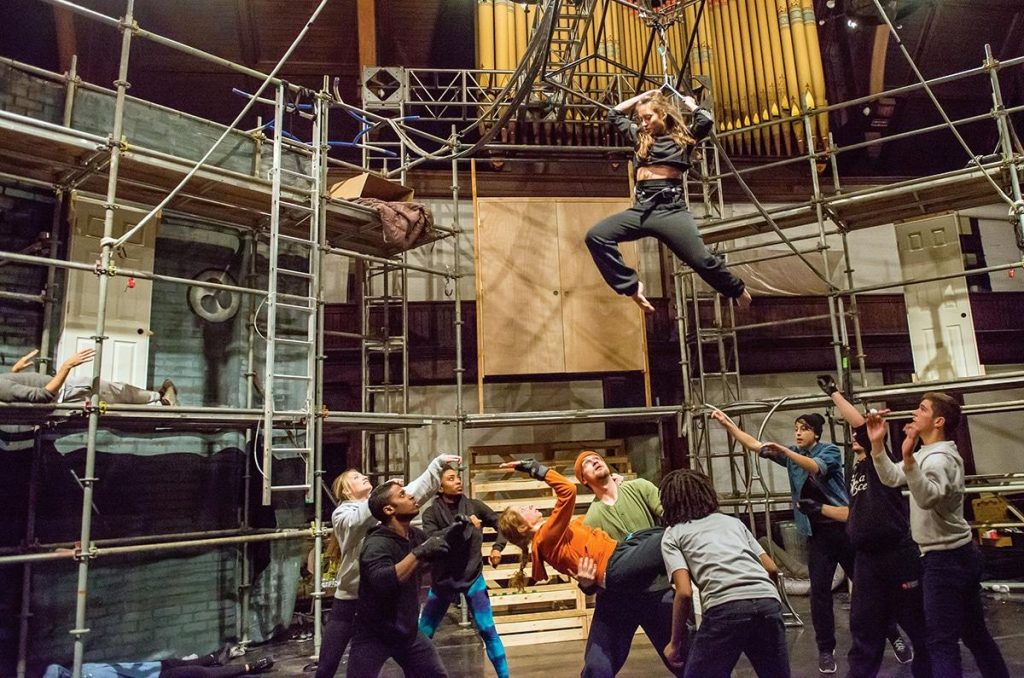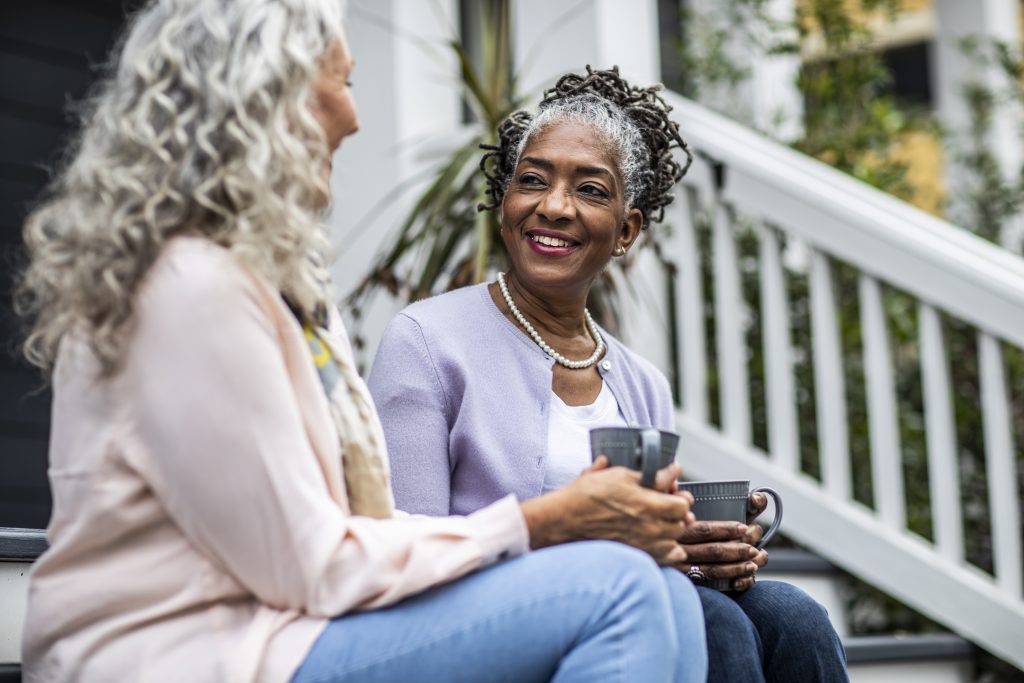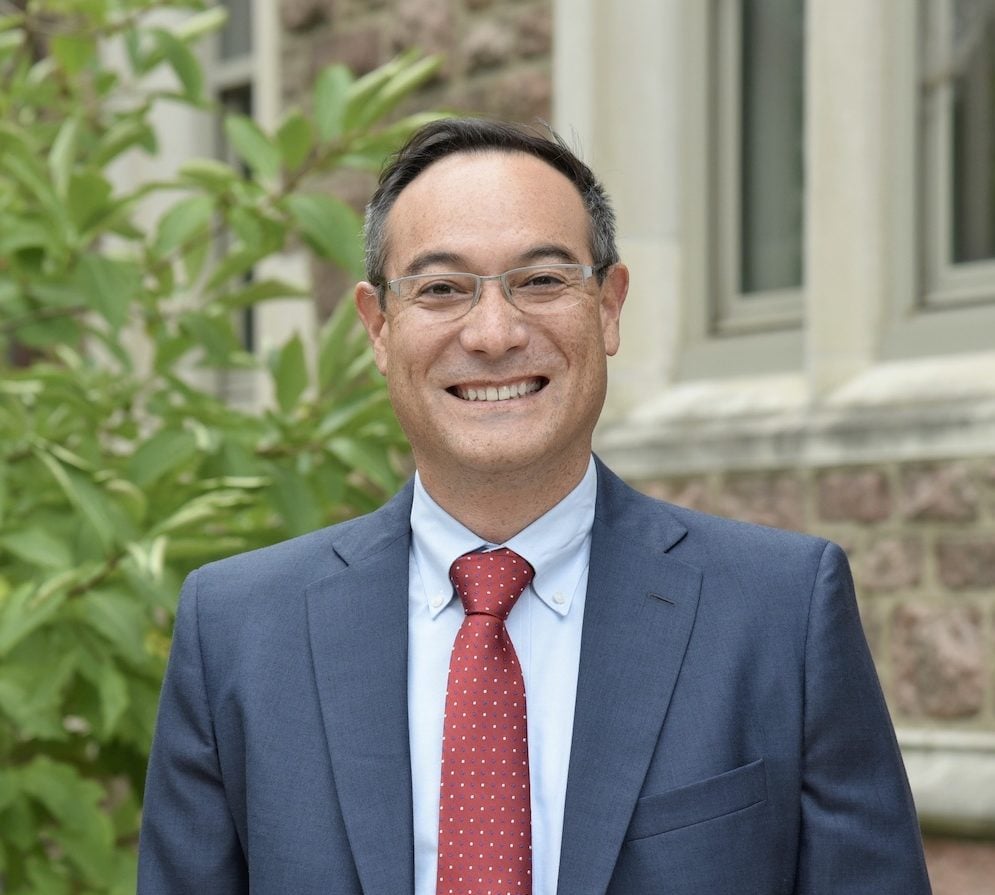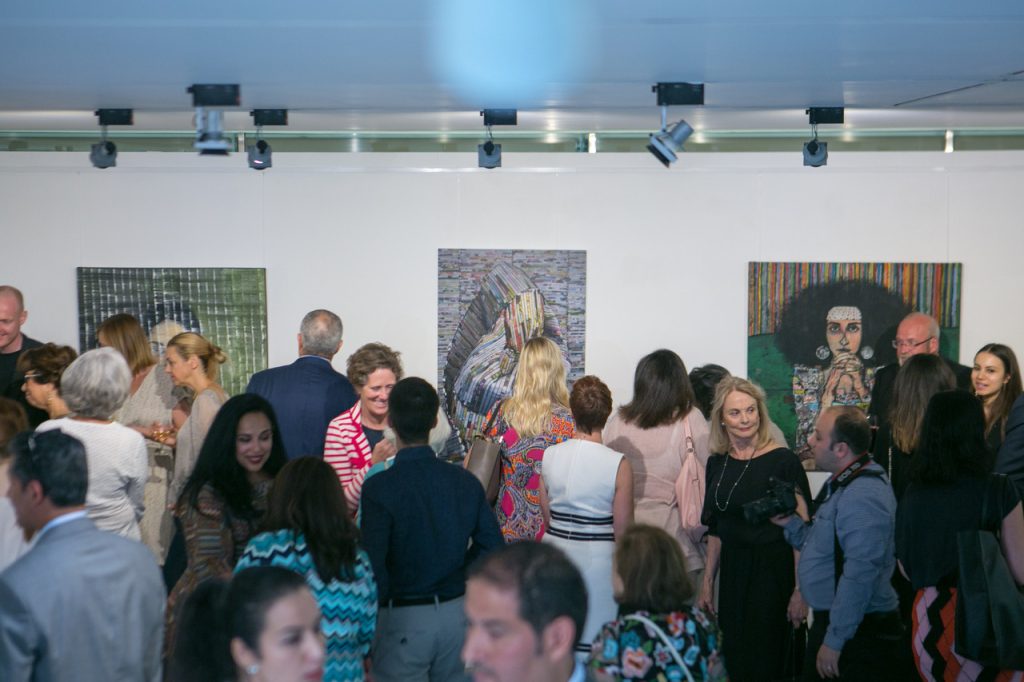The Lunar New Year is an important cultural holiday that celebrates the start of the lunar calendar along with traditions of family reunions, ancestor worship, and wishes of good luck and prosperity.
While many people may know it as the Chinese New Year, the Lunar New Year is a more inclusive name for this holiday that is celebrated in broad array of places such as Korea, Vietnam, Malaysia and Mongolia. Each country also has their own traditions related to this holiday. At the University of Illinois at Urbana-Champaign, the Asian American Cultural Center has been sharing educational resources around this holiday with the greater community for over 10 years. Our Lunar New Year program broadens the community’s understanding of the traditions of the holiday in addition to creating a pathway for local Asian American children to see their culture represented and valued in their schools.
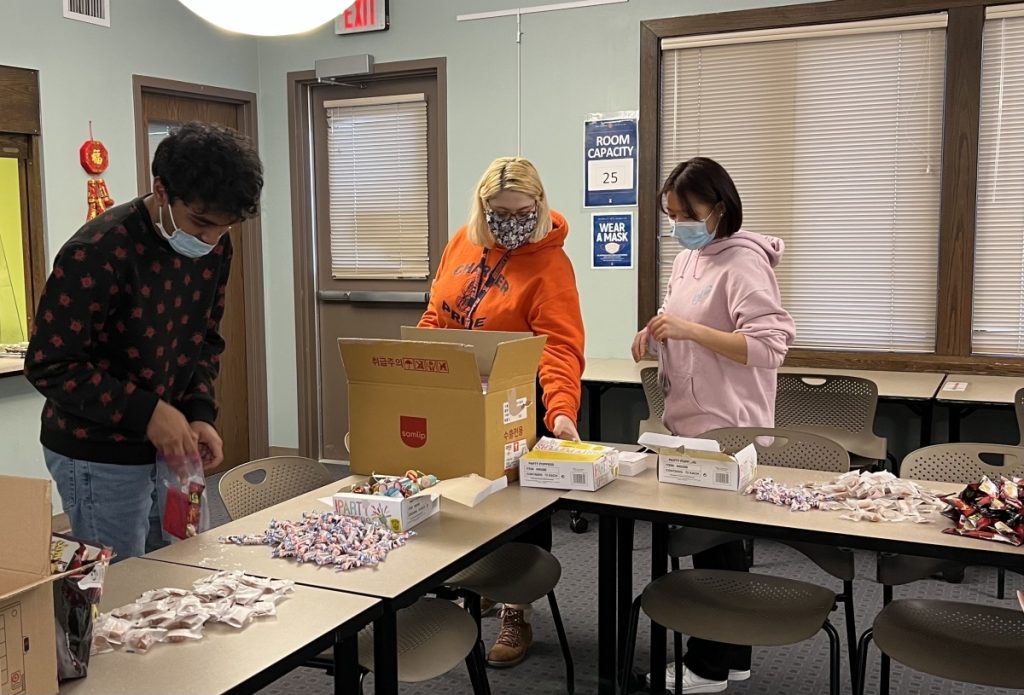
Our center started its programming when our director, Dr. David Chih, and his spouse, Dr. Teresa Mok, spoke with their son’s kindergarten teacher about how they celebrate the Lunar New Year in their household. Sharing the story of their family’s cultural traditions sparked the interest of the teacher who asked if Dr. Chih could provide some resources so their whole class could learn about the Lunar New Year. From that one casual conversation came a program that now involves sharing educational curriculum with local elementary school teachers throughout Champaign and Urbana. This year we have 10 different schools and district-wide programs participating in our Lunar New Year program which provides them with classroom presentations, craft projects, and games to teach about the Lunar New Year and how it is celebrated specifically in China and Korea. We even provide dragon and lion costumes for schools to borrow to have parades or to explore the items close-up in the classroom.
To help elementary students engage in some of the traditions we also distributed 3,500 red envelopes with play gold coins to the elementary school children. Red envelopes have special meaning in China and Vietnam during events such as weddings and holidays. The red color symbolizes luck and the money found inside the envelope is considered lucky money. Called “hong bao” in Mandarin, “lei see” in Cantonese, and “li xi” in Vietnamese, these red envelopes are gifts given from elders to children and are meant to bring them prosperity in the coming year. In Korea, the tradition of receiving money from elders is also an important part of how they celebrate the Lunar New Year, although the money does not have to be in a red envelope. Instead, the monetary gift is part of a tradition where youth pay their respects to their elders and wish them happy new year through a special bow called “sebae.” The money they receive is then called “sebaetdon.” Asian Americans continue these traditions in the United States, celebrating this holiday with their friends and neighbors, often sharing a big meal or special treats like rice cakes. Through our program, we create a space where students, regardless of cultural heritage, can explore and participate in an important Asian holiday.
As a child, the idea of seeing my Korean family’s cultural traditions shared and valued by my teachers and classmates would not enter my mind as possible.
When I was in elementary school in Champaign in the 1980’s, I distinctly remember how few Asian American children were in my school. I was always the only Asian American student in my classroom, and there would be only a handful of Asian American kids in my grade. Asian Americans were never discussed in our classroom lessons, and, when I brought some gim, Korean roasted seaweed, to class for my fellow students to share, there was much gagging and cries of disgust. As a child, the idea of seeing my Korean family’s cultural traditions shared and valued by my teachers and classmates would not enter my mind as possible. In the 1980’s the county’s Asian population was a mere 2 percent. According to the 2020 Census, the Asian population in Champaign County is now over 13 percent, and the Asian American population is the fastest growing racial group in the United States. In 2021, Governor JB Pritzker signed the Teaching Equitable Asian American History Act, which requires all public schools to teach a unit of Asian American history. This is the first piece of legislation in the United States to require including Asian Americans as a part of school curriculum.
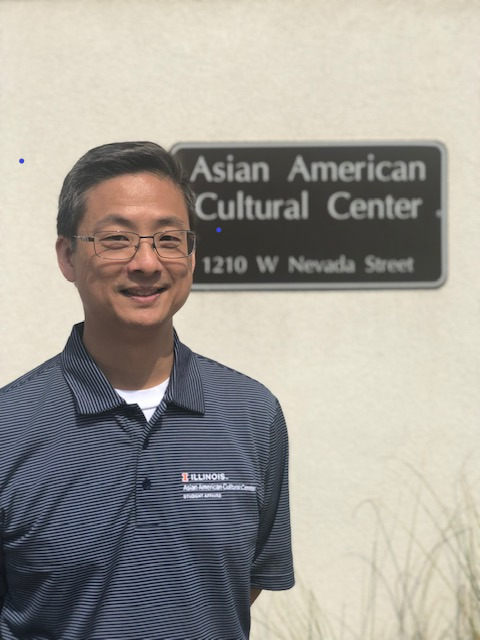
The Asian American Cultural Center has been on the University of Illinois campus since 2005 to create a space of inclusion and belonging for Asian and Asian American students, who today make up almost 40 percent of the student population. Since we started our Lunar New Year program, we have expanded it across our campus. Campus dining halls will be serving a theme dinner on February 1, this year’s Lunar New Year, with a menu that highlights cultures that celebrate the holiday. We will have educational displays about the Lunar New Year in different buildings across campus, along with performances and presentations over a two-week period. And, with the support of campus partners, the center will be distributing over 5,000 Lunar New Year kits to students. These interactive kits include treats from Asian countries, party poppers to simulate fireworks, a craft project, and, of course, a red envelope with a chocolate coin.
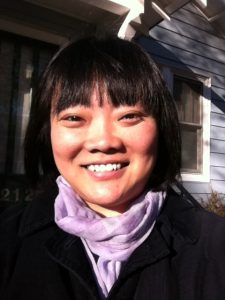
Sang S. Lee is Program Coordinator for the Asian American Cultural Center and adjunct lecturer in the Asian American Studies Department at the University of Illinois at Urbana-Champaign.
